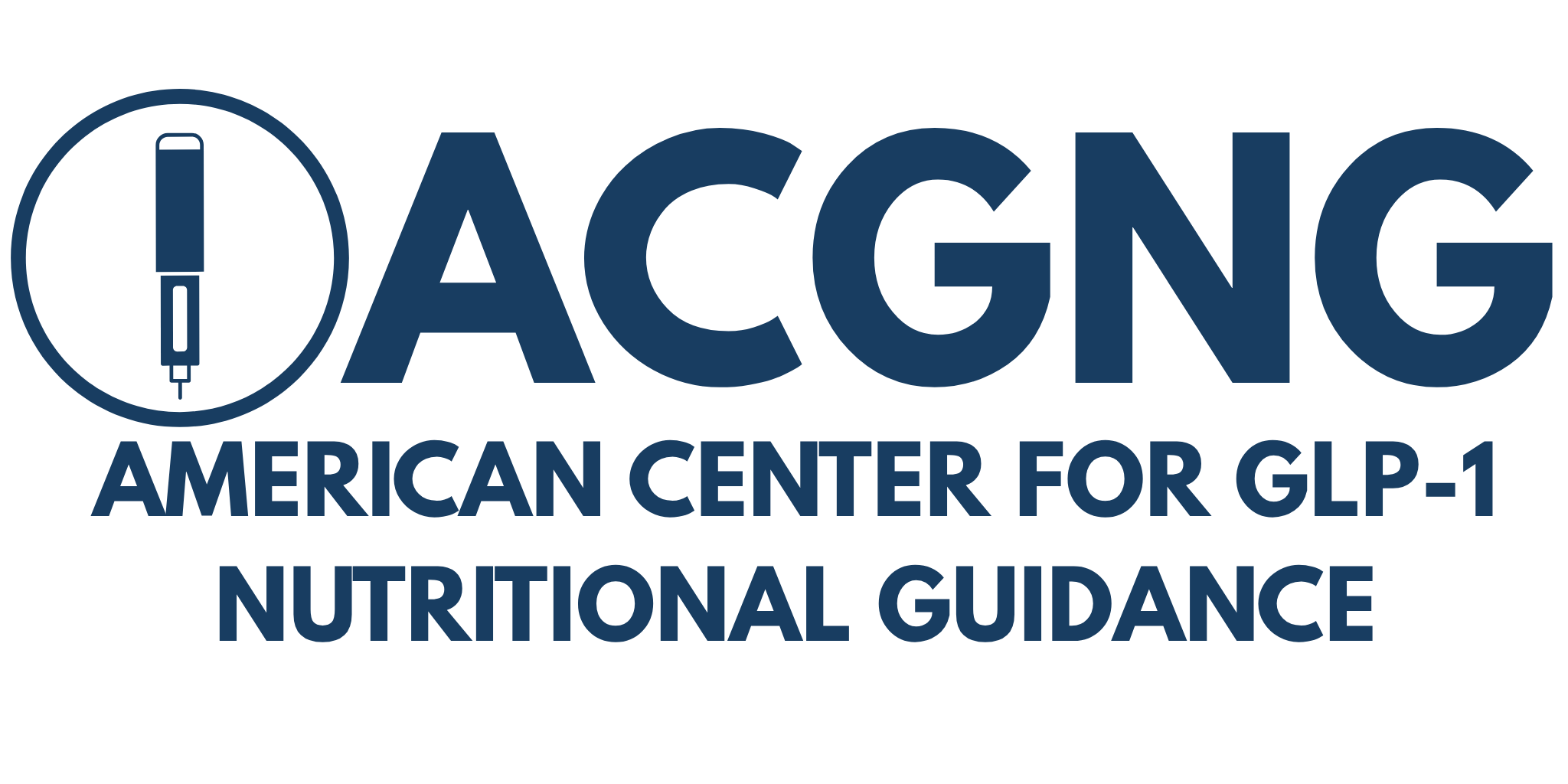Overview
Type 2 diabetes, once considered an adult-onset condition, is increasingly diagnosed in children and adolescents. These cases often progress more rapidly than in adults and are more resistant to lifestyle-only interventions. GLP-1 therapies offer a promising treatment option for improving blood glucose control in youth.
Approved GLP-1 Medications for Pediatric Diabetes
- Liraglutide (Victoza): Approved by the FDA in 2019 for children aged 10 and older with Type 2 diabetes.
- Exenatide (Byetta): Used off-label in some pediatric studies, though not FDA-approved for pediatric use.
- Semaglutide (Ozempic, Rybelsus): Currently not approved for pediatric diabetes but undergoing clinical research.
Indications & Treatment Goals
GLP-1 medications are typically used in youth with:
- Inadequate glycemic control despite lifestyle changes and metformin
- Evidence of insulin resistance and high BMI
- Family history of diabetes and metabolic syndrome
Dosing & Monitoring
- Pediatric dosing starts at a lower level and is gradually increased based on tolerability and efficacy.
- Ongoing monitoring includes HbA1c, fasting glucose, weight, and liver/kidney function tests.
- Close follow-up is essential to address adherence and manage side effects.
Benefits Observed in Youth
- Improved blood sugar control (lower HbA1c levels)
- Potential weight loss or prevention of weight gain
- Positive impact on cardiovascular risk factors (lipids, blood pressure)
Safety & Considerations
- Most side effects are mild GI symptoms (nausea, vomiting, diarrhea).
- There is a need for additional long-term safety data in children.
- Providers should assess psychosocial readiness and family support before starting GLP-1 therapy.
References
- Tamborlane WV et al. “Liraglutide in Children and Adolescents with Type 2 Diabetes.” NEJM. 2019.
- American Diabetes Association. “Standards of Care in Diabetes—2024.” Section 14: Children and Adolescents.
- FDA. “Victoza Pediatric Indication.” Press Release, 2019.
- CDC. “Type 2 Diabetes in Children and Teens.” Updated 2024.
